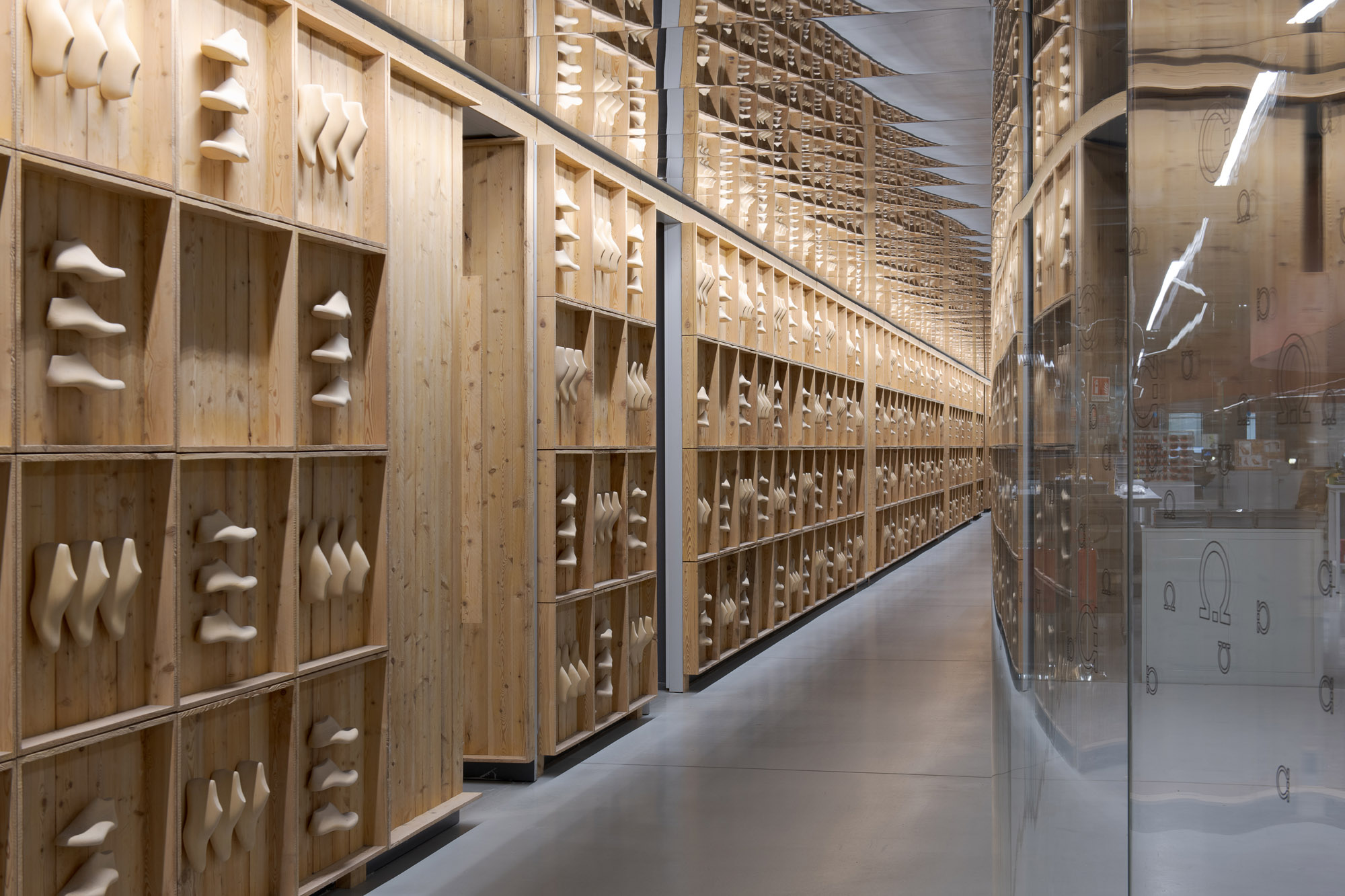
Marilyn Monroe’s sparkling red stilettos, Andy Warhol’s paint-spattered loafers, the sleek-lined ‘Wanda’ bag: Ferragamo creative director Maximilian Davis is recalling his favourite discoveries from the Florence-based house’s archive with an air of wonder.
‘There’s one shoe that I really, really wanted to see before I joined,’ says the Manchester-born designer, who was appointed to the role in 2022. ‘It was the S-shaped heel with the transparent straps that I saw in a 1950s campaign shot – it was the first of its kind, and is really surreal and dark and moody. It feels so modern. When I saw it [in person], it was so small and so delicate, and I had to wear gloves to touch it.’
Inside Ferragamo’s treasure-filled Florence hub
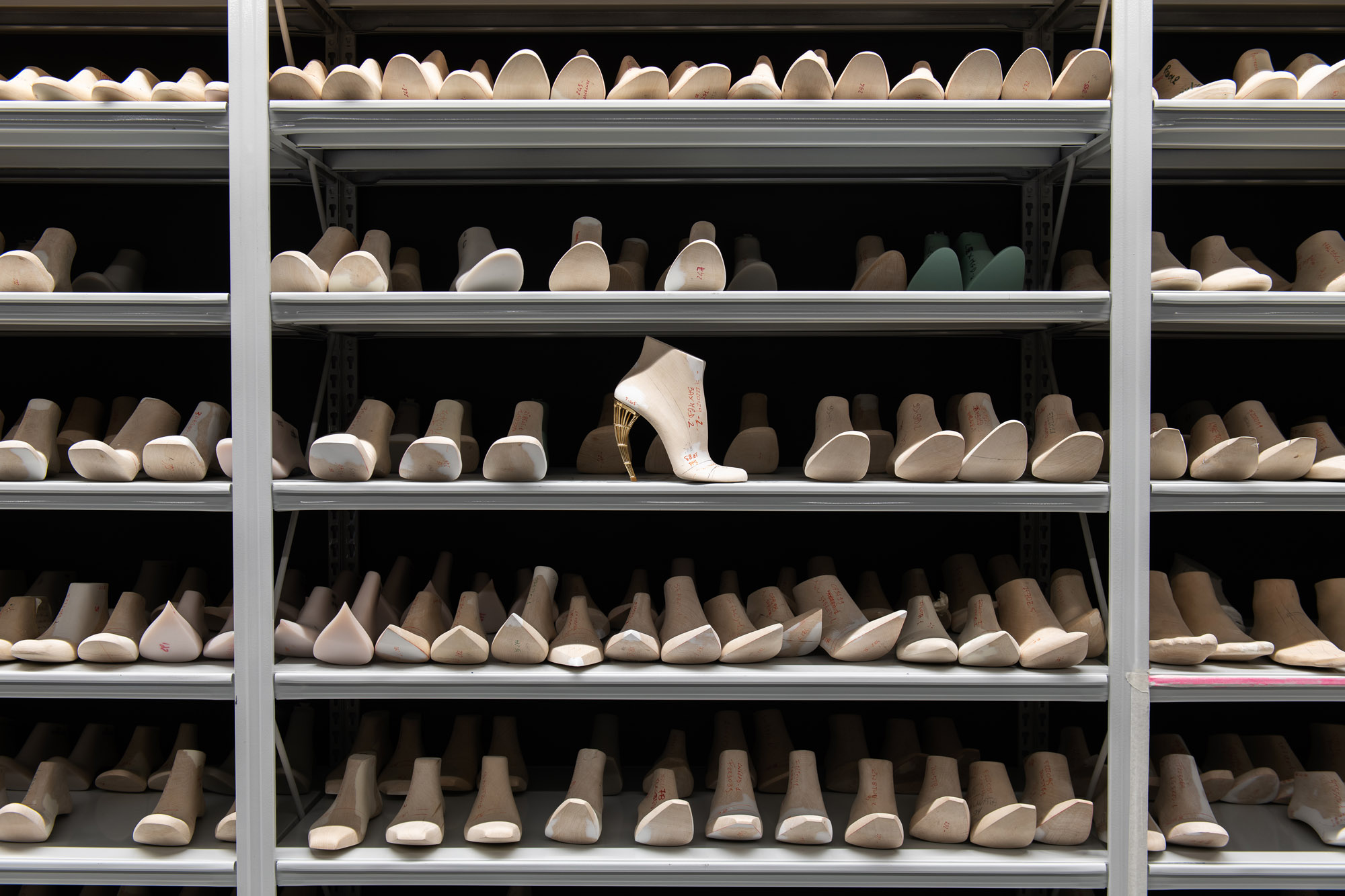
Very few leading labels can offer their top designers the wealth of reference points that Davis has at his fingertips. The Ferragamo archive, occupying a sprawling space in Osmannoro, just outside Florence, (a short spin from its Palazzo Spini Feroni HQ and museum on the River Arno), comprises a staggering 14,700 – and counting – shoe models alone.
‘My first week was pretty intense,’ he laughs. ‘I was just so curious to see what 14 or 15,000 pairs of shoes look like in person. I can’t name another brand or another person that has an amazing heritage like this, especially based on shoes, which is what makes it so special.’
The Ferragamo tale is a storied one. It’s more than a century since the brand’s eponymous founder, Salvatore Ferragamo, emigrated from Italy to America in 1915 at the tender age of 17 to pursue his dreams of becoming a shoemaker to the stars. In 1923, he opened his first shop – the Hollywood Boot Shop on Hollywood Boulevard – and realised his ambition of providing footwear for the locale’s colourful clientele.
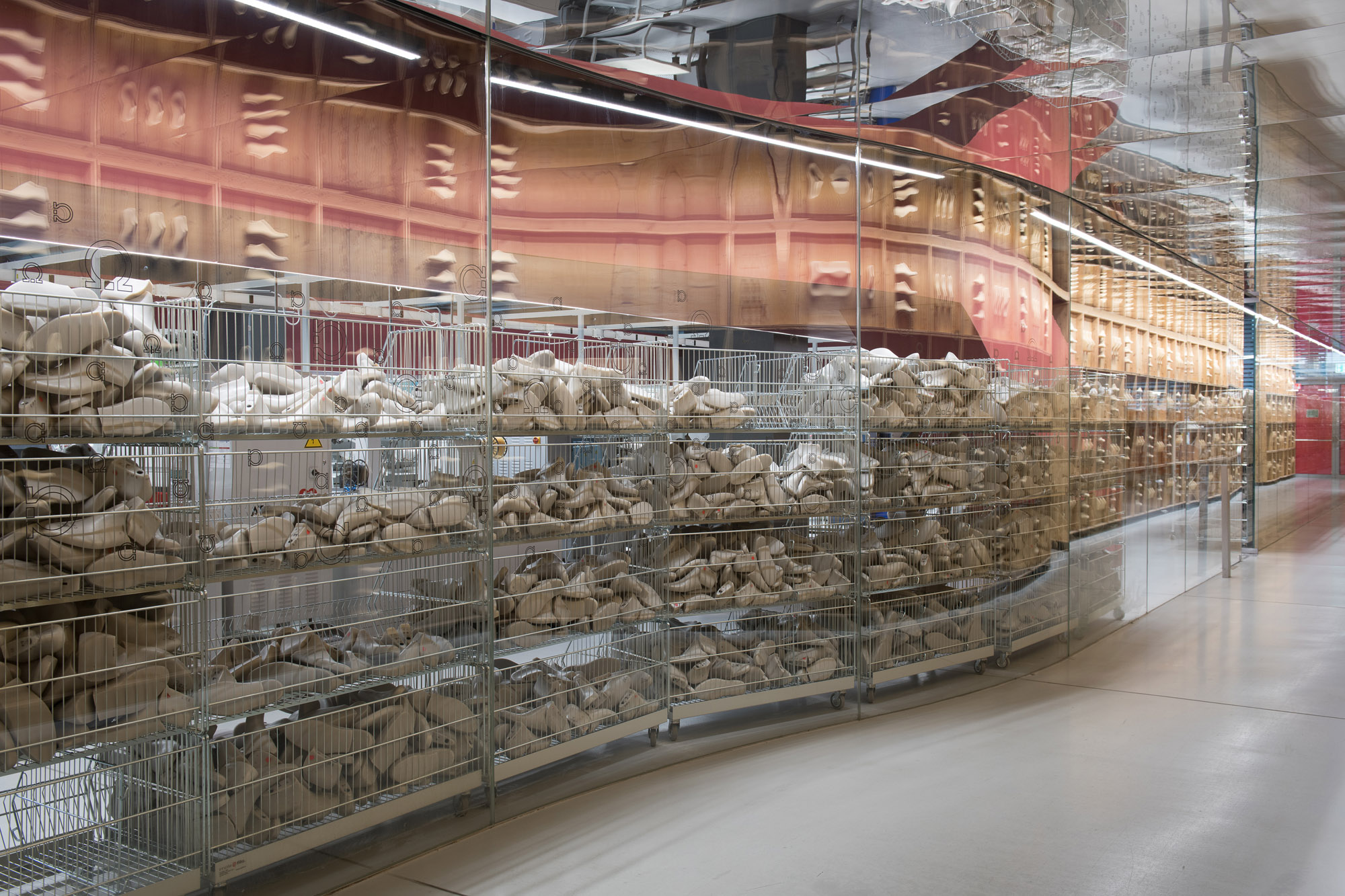
Upon returning to his native Italy in 1926, Ferragamo quickly established a reputation for pioneering material innovation, and a prolific output over the next four decades saw the stars align. The likes of Judy Garland, Greta Garbo, Audrey Hepburn and Monroe wore his creations both on and off set; meanwhile, over 350 pairs of shoes were made by around 700 shoemakers every day in this period. That resulted in 369 patents by 1964 – the highest number in the sector – including the wedge heel. ‘He was using all the materials that he could find – cork, candy-wrapper cellophane and fish skins,’ explains Davis. ‘Every shoe was created or designed for something specific. It was epic.’
It didn’t stop at shoes. Following Ferragamo’s death in 1960, his wife, Wanda Ferragamo, took over the business, transforming it into a fully fledged fashion brand that put it on the global radar. Her entrepreneurship saw Ferragamo expand into other categories so that now, alongside the shoe emporium in the archive, lie 5,000 garments, 5,600 ties and 1,500 bags. (Actual numbers of artefacts dwarf in comparison to the 630,000 data sheets, including thousands of press review records, that were imported into the Ferragamo database as a part of its recent digitisation.)
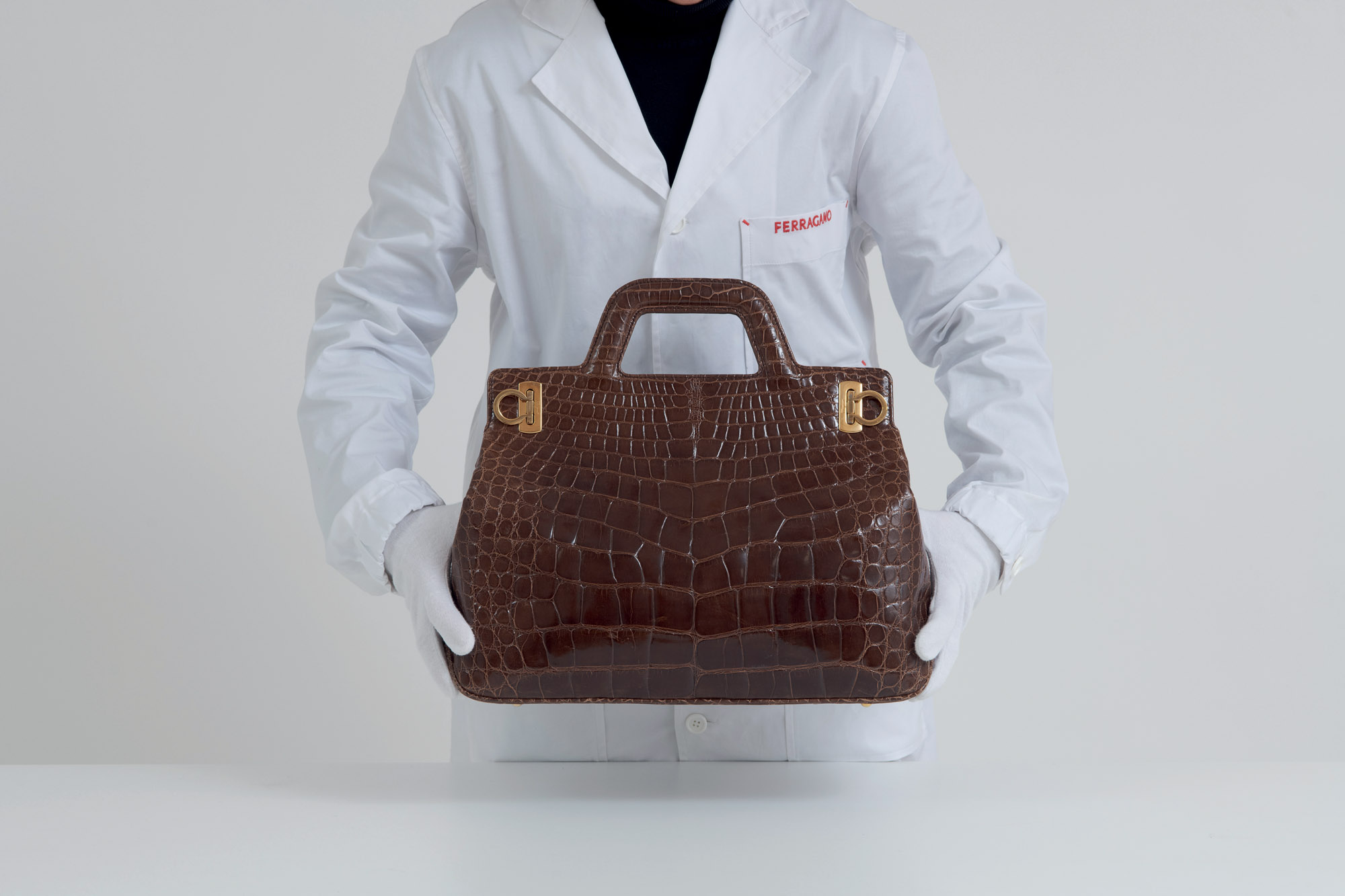
Perhaps the most popular item finding new resonance in Davis’ tenure is the ‘Wanda’ handbag, introduced in 1988 in its namesake’s honour. It was the first thing that Davis set his sights on reimagining for his first collection. ‘I saw it and immediately thought that this was a bag that I just wanted to re-energise while paying respect to the heritage,’ he says. ‘When I saw it, it was like, “Wow, this is a bag that just feels very timeless,” which is one of my goals – to continue the timeless elegance that Salvatore started. Using heritage products allowed me to continue Wanda’s story too, in a modern way.’
Davis’ access to these pieces has been made possible by the recent amalgamation of the Ferragamo’s archive, atelier and workshop under one roof at the Osmannoro site, a project ongoing since 2017. ‘I’m very grateful to have all these resources on site so that I can quickly go to the technicians and discuss how a seam can be done, how we can try something a different way,’ he says. ‘It’s a very one-on-one relationship.’ He recalls a moment from the previous week, when working on his upcoming A/W 2024 show (taking place during Milan Fashion Week A/W 2024), that demonstrates his point perfectly. ‘Our amazing atelier turns around a sample of a prototype in an hour,’ he says. ‘I was styling the collection and we were in need of a sandal. An hour and a half later, it came back. Having built a huge atelier for the ready-to-wear, we’re also able to make a full collection in-house, which is honestly a dream.’
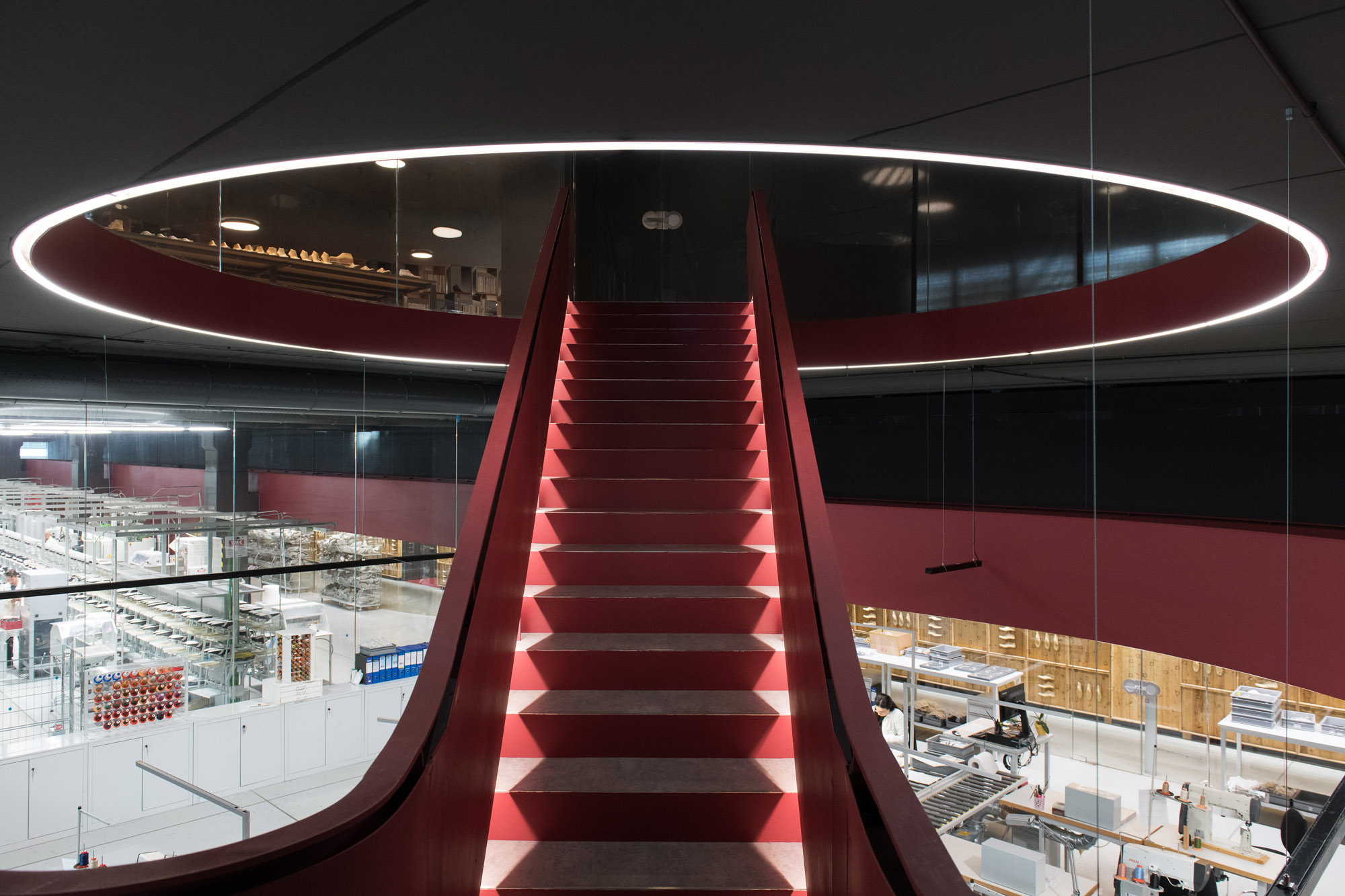
For Davis, the close-knit set-up at Osmannoro aligns with his own approach to design – in more ways than one. The 28-year-old designer was appointed at Ferragamo fresh from industry-wide recognition for his eponymous London-based brand, where he says he learnt to be ‘always working with my hands’. At Ferragamo, he still insists on working with paper, scissors and glue when conceiving a new shoe, studying the process of the workshop when developing a last or garment, much like the Ferragamos would have done.
For his own label, he drew on his family history. ‘My brand was based on my Caribbean heritage, using my grandmother’s life as a starting point.’ At Ferragamo, he finds himself conducting the same cultural interrogation. ‘Here, I’m looking into the Ferragamo family heritage. It’s very similar to my own way of working so I felt comfortable immediately.’
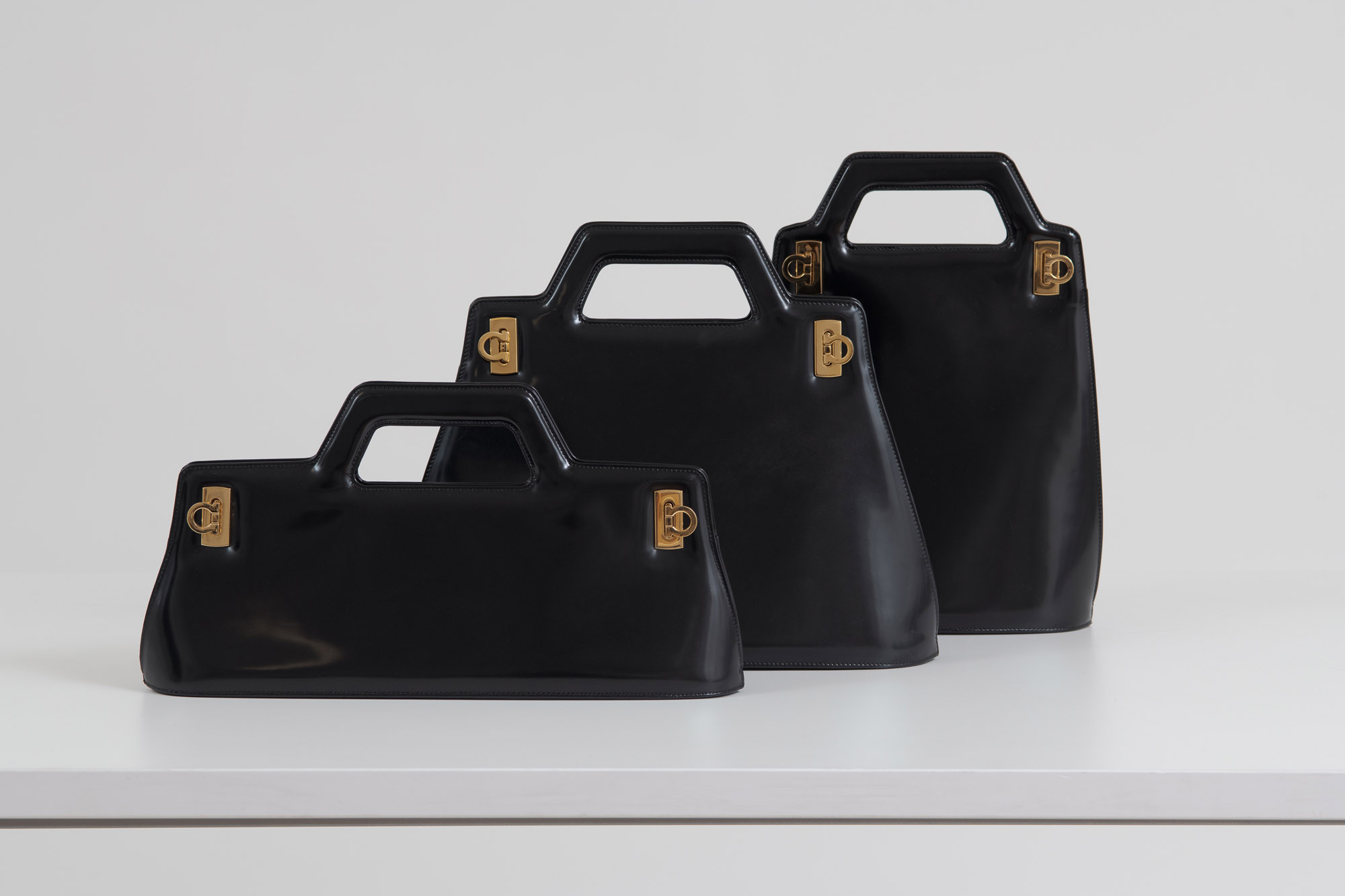
The resources that Ferragamo’s Osmannoro site provide have resulted in a world of possibilities. ‘It’s liberating, but it also provides a sense of security. Knowing the history of the brand, what we have done so far, and what we can achieve with the resources we have is reassuring to myself and the whole company.’ It’s a collaborative approach that is already attracting high praise. In December 2023, Davis collected the coveted British Womenswear Designer accolade at the Fashion Awards for his work at the house. ‘It’s an incredible achievement and recognition for what we’ve done so far,’ he says humbly. ‘I’m still processing it.’
As far as his own legacy goes, he already has an idea of the pieces he would like to see immortalised in the archive: the ‘Elina’ kick-heel that featured in his first collection; his take on the gold chain sandal first made by Ferragamo in 1955; and his new ‘Hug’ bag. Above all, ‘the goal is to be timeless,’ he says. ‘When I think about what Salvatore did in the past, it was very ahead of its time, always pushing the boundaries, but in an elegant way. Having this legacy as an advantage is something that makes us feel modern and comes very naturally to us.’
A version of this article appears in the March 2024 Style Issue of Wallpaper* available in print, on the Wallpaper* app on Apple iOS, and to subscribers of Apple News +. Subscribe to Wallpaper* today.







